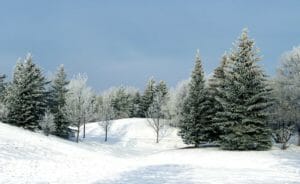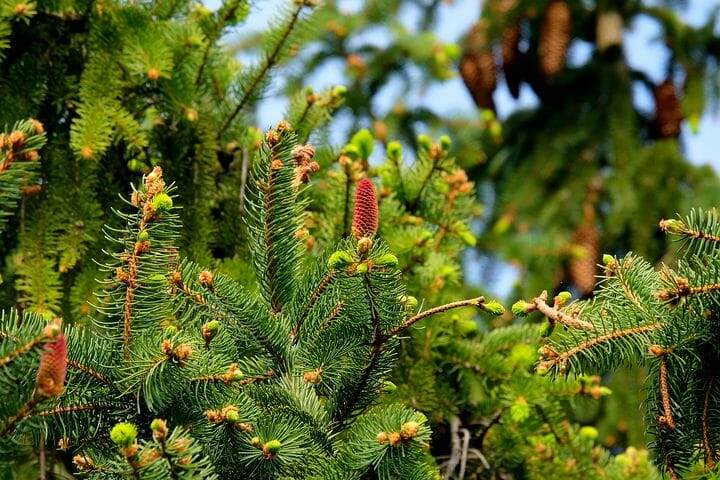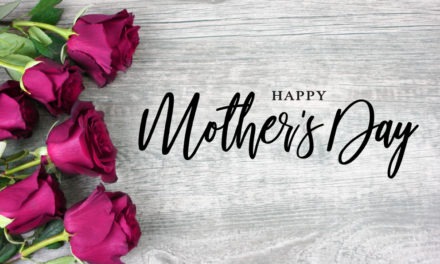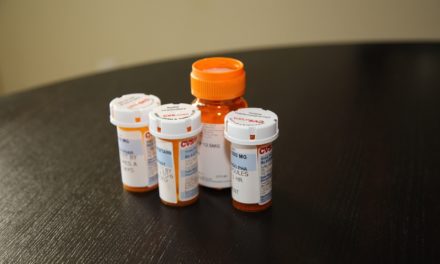If there is one thing you might want to shop for on “Black Friday,” it’s a Christmas tree.
If you like the smell of fresh pine filling your house during the holiday season, don’t wait too long to select that perfect Blue Spruce or Douglas Fir or you could be out of luck.
There is reportedly a shortage of Christmas trees, according to the National Christmas Tree Association (NCTA). One of the longstanding symbols of Christmas fell victim to the recession that hobbled the country in the past decade.
Christmas tree farms scaled back on planting which resulted in a lower supply this year. It takes about 10 years to grow a 7- to 8-foot decoration-worthy tree.
Not only could you have difficulty finding that special tree but you can also expect to pay a higher than normal price. Prices could spike by as much as 30 percent as the limited supply is drawn down, according to the Christmas Tree Association. Prices will vary on type, size and location of where you make your purchase.
Many local lots in the Coachella Valley are now open.
An estimated 25-30 million real Christmas trees are sold each year in the United States.
Before you head out to make your section and purchase, consider these tips from the NCTA:
 Measure your space
Measure your space
Be sure you know what size (height and width) you need before heading to the retail lot. Measure the ceiling height in the room where the tree will be displayed. The trees in the field look small when the sky is the ceiling. Don’t overbuy. Measure the width of the area of the room where the tree will be displayed. Most trees on tree farms are trimmed to an 80% taper. So a tree that’s 10′ tall will be 8′ wide at the bottom. A tree that will fit in the room vertically may be entirely too big horizontally.
Think about what type of decorations you will be using
Some species have more open foliage, stiffer branches or longer needles. Research the characteristics of the different species in our tree varieties section, then find a farm near you that has the species you are looking for.
Learn about the different species of trees
If you want the same species you know or have always used great. If you want to try a different species, browse the tree varieties section of NCTA’s website to become familiar with the species popular in your area before heading to the retail lot.
Safety first
Go to a retail lot that is well-lit and stores trees in a shaded area.
Ask questions about the trees at the lot
Ask the retailer when he/she gets the trees: are they delivered once at the beginning of the season, or several shipments during the season? Often, a tree obtained soon after its arrival on the retail lot will be very fresh because it was cut recently. Also ask the retailer which tree type performs best in your climate. Some species last longer and remain fresh longer than others in different climates.
Do a branch/needle test for freshness
Run a branch through your enclosed hand – the needles should not come off easily. Bend the outer branches – they should be pliable. If they are brittle and snap easily, the tree is too dry.
Look for other indicators of dryness or deterioration
Indicators might include: excessive needle loss, discolored foliage, musty odor, needle pliability, and wrinkled bark. A good rule-of-thumb is, when in doubt about the freshness of a tree, select another one. If none of the trees on the lot look fresh, go to another lot.







